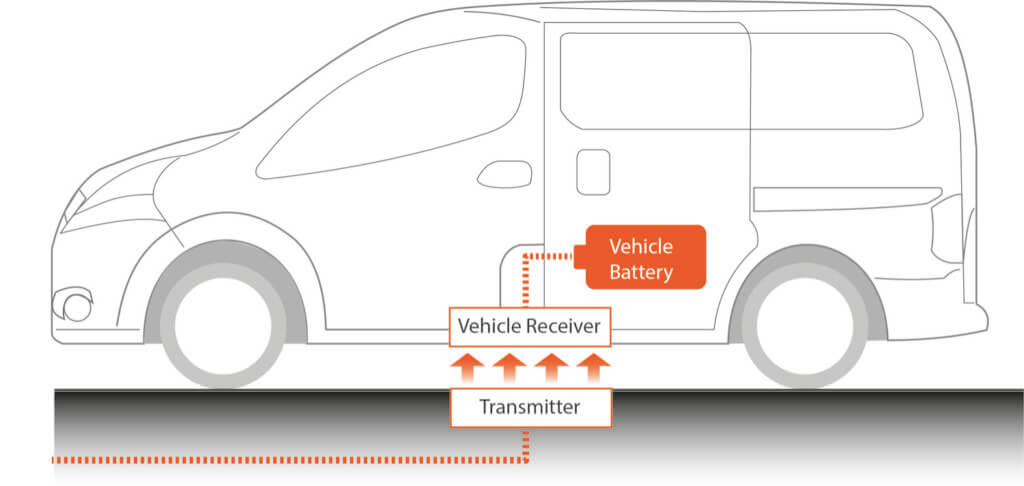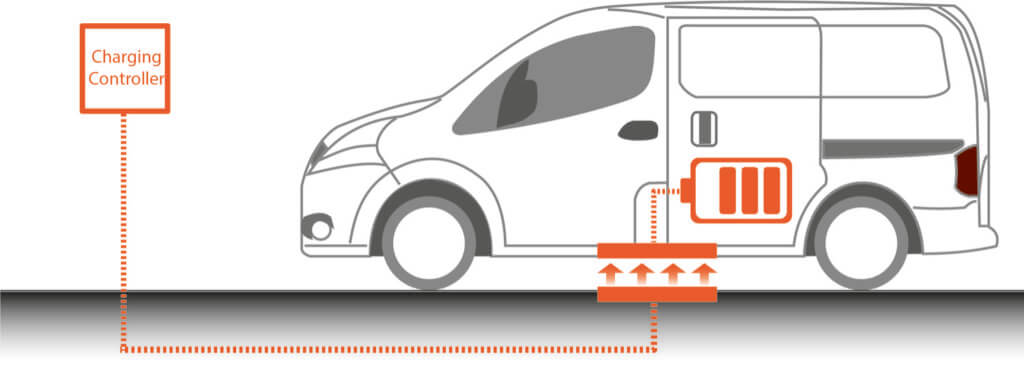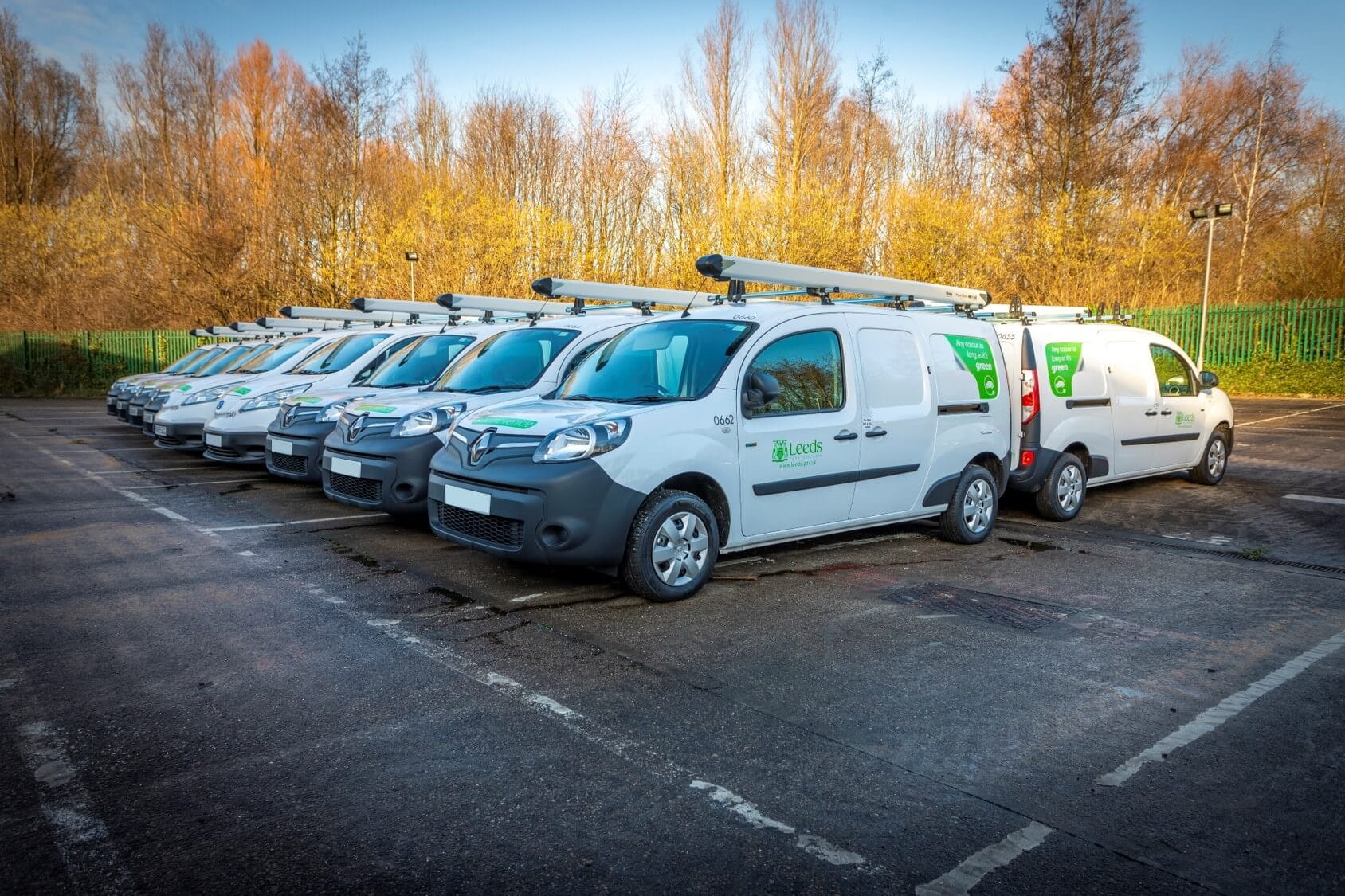AMiCC stands for AMiCable Charging, we aim to deliver user-friendly charging solutions to increase the uptake of electric vehicles (EVs). We will demonstrate how wireless technology can unlock a range of the blockers to the market transitioning to electric vehicles and decarbonised cities.
Wireless power transfer (WPT) technology is a method of charging EVs by transferring power wirelessly from an external device called a ‘transmitter’ to an onboard device known as the ‘receiver’ (Figure 1), there are three major categories of wireless charging:
- Static Charging: when the EVs are parking for extended periods.
- Dynamic Charging: while the EVs are on the move
- Semi-dynamic: short-term power top-ups when EVs are moving at low speeds

As part of this research, we will be demonstrating static wireless charging for three types of fleets: Estates, Security and Pool vehicles. Many of the vehicles in these fleets have low dwell time and high utilisation, leaving short periods of time to recharge the vehicle battery. With a wired connection, this relies on the user to plug/unplug the vehicle many times during the day, taking time away from each short recharge. This is one of the biggest constraints to transition these fleets to electric mobility.
The UK government has recently announced a historic step towards net-zero by ending the sale of new petrol and diesel vehicles by 2030. Therefore, technologies such as WPT could support the transition of these type of vehicles to EVs.
We have been working on creating a standardised EVs wireless charging conversion framework, reviewing the standards for wireless charging adoption, and integrating intelligent algorithms that are capable of evaluating vehicles behaviour to identify optimum charging infrastructure location.
Over the coming months, we will be working on the vehicles’ conversion, then, we will install the wireless chargers at the University of Nottingham Park Campus, the University of Warwick Campus and Leeds City Council to collect data from the vehicles using a telematics system, the chargers, and the end users.

Project AMiCC is funded by the Office for Zero Emission Vehicles and supported by Innovate UK under the call ‘Wireless electric vehicles charging for commercial users: feasibility studies’. Our consortium includes experts spanning the energy, transport and built environment sectors. Partners are Sprint Power (Project Lead), 4th Dimension Technology, University of Nottingham, Loughborough University, University of Warwick, and Leeds City Council.
Please keep an eye in this blog to read more about our partners, the installations’ sites, wirelessly power transfer technology, and our research outcomes.
Dr Julie Waldron and Dr Sophie Naylor

